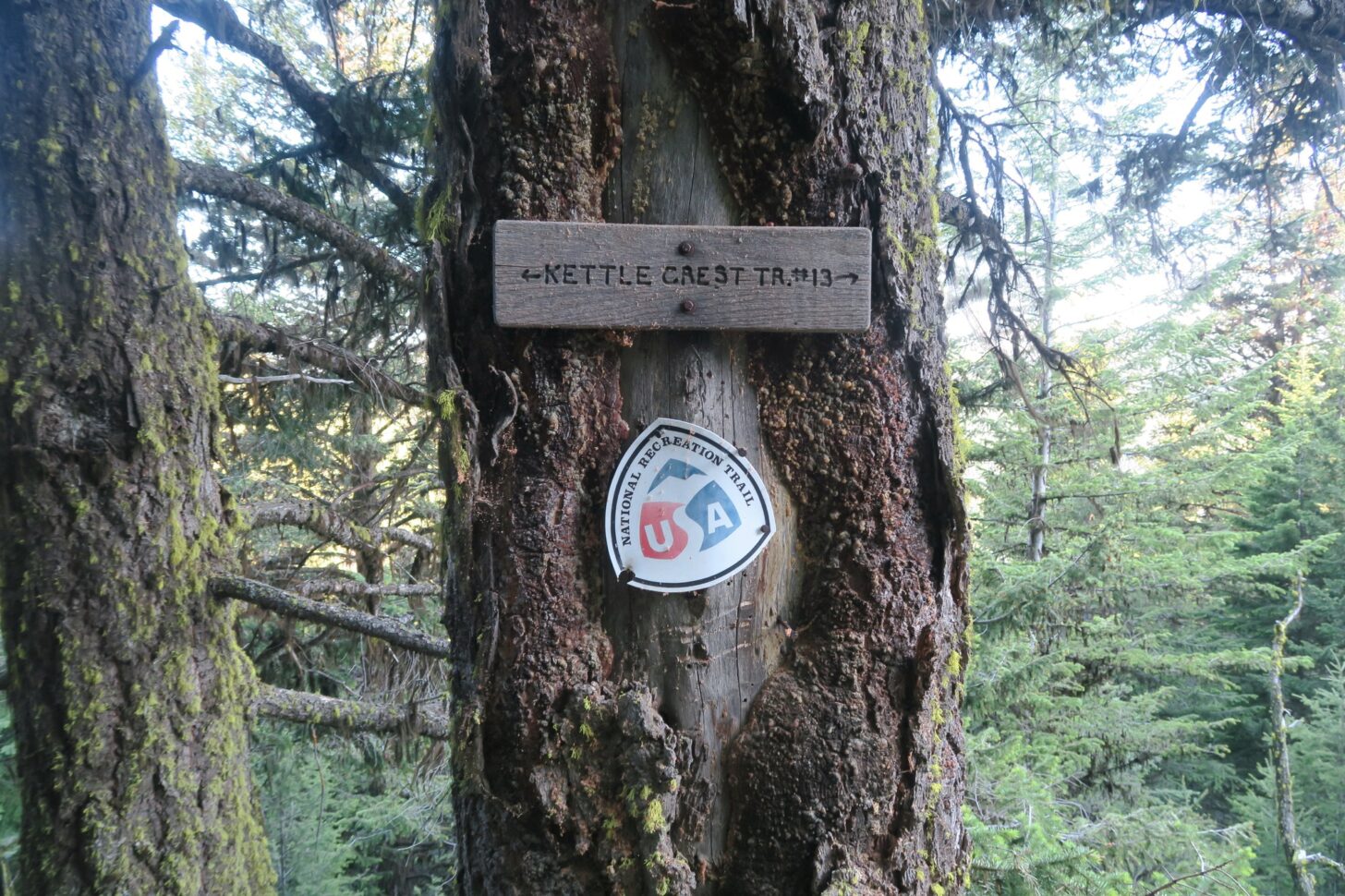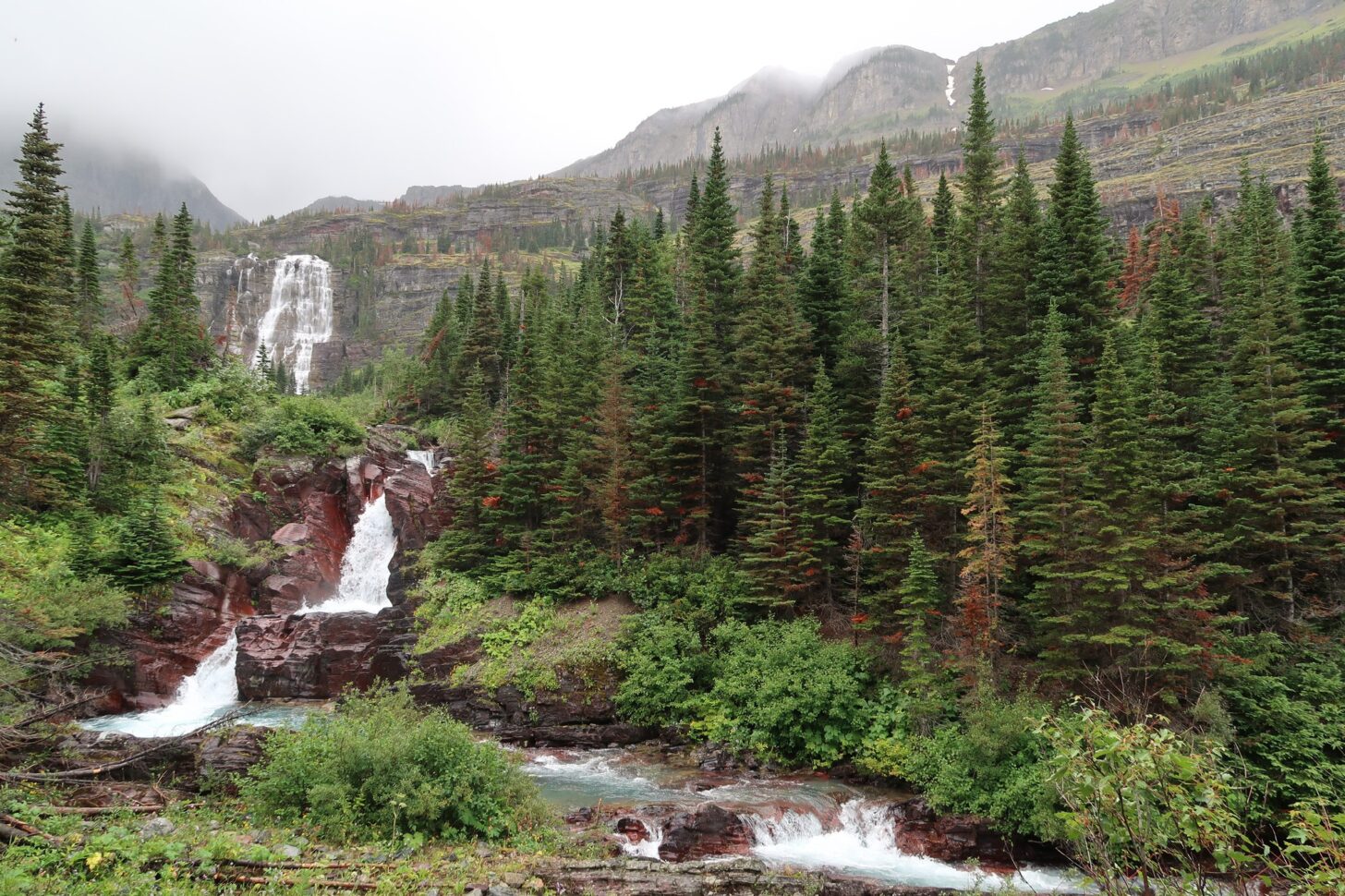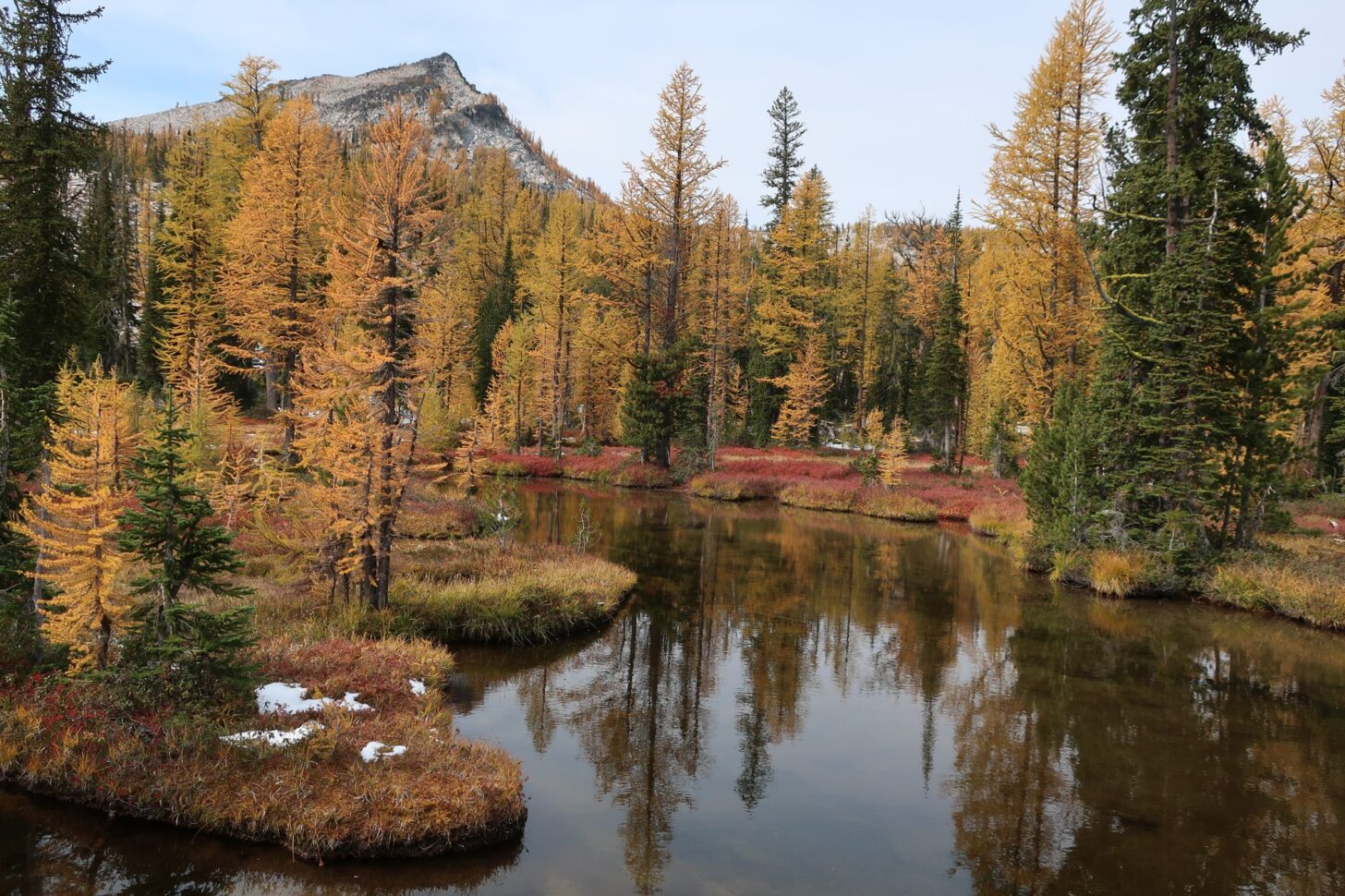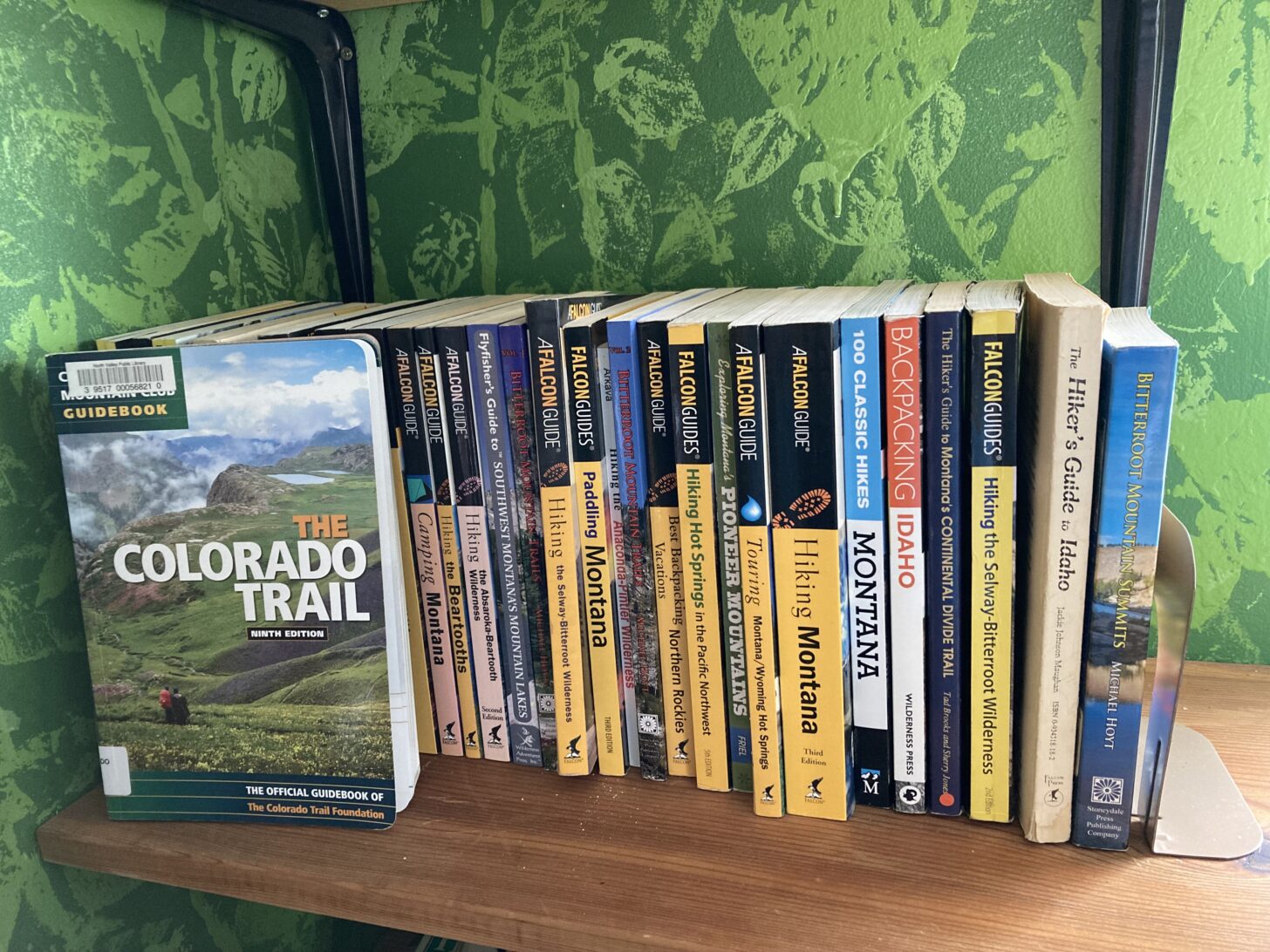I spend a lot of time thinking about my relationship with the outdoors. And a significant chunk of that thinking is about backpacking as it relates to, well, time. Setting aside the time to backpack, recognizing that there is a finite lifetime in which to backpack and that obligations and unforeseen circumstances will inevitably limit that time even further.

As I described in my essay The Backpacking Tithe Project, I’ve spent well over a year of my life on backpacking trips. But the time has all come piecemeal. I’ve yet to undertake any trips longer than six days. I have never intentionally done any section hiking on long-distance trails. Yes, I’ve been on parts of the Pacific Crest Trail, the Pacific Northwest Trail, the Continental Divide Trail, and the Appalachian Trail. But only because they were overlaid on other routes I was exploring.
I stepped on these famous paths without any intentionality applied to the experience of being on a long-distance trail.
I took pride in knowing that I was traveling near and deep, rather than far and wide. I was piecing together an understanding of how best to travel in and experience the public lands whose peaks I could see from my yard. I felt a bit of insider satisfaction at knowing where the best campsites were, which lakes had the best fishing, and which couloirs weren’t as sketchy as they looked. Intimate knowledge of my immediate landscape allowed me to piece together safe trips that looked unreasonably difficult on paper. This focus on exploration over mile-making has served me well and enriched my experience immeasurably.
Article Library Resources – Read more Backpacking Light articles by Mark Wetherington:
For instance, I timed my trips for peak wildflowers, foliage, or other conditions. I became intimately acquainted with the landscape near my home. Once a year, I also tried to get to some bigger-name destinations – like Glacier or Yellowstone National Parks. And I had some absolutely exceptional trips with friends that we could only pull off because of the location scouting I’d done on prior solo trips.
There is so much to see just a half-mile or so off any trail. I know I’d have difficulty staying focused on a long-distance trail when I’ve seen how many amazing places are just a few steps from the dotted line.

But I did have a bit of anxiety about whether I was missing out by not prioritizing a multi-week thru-hike. There is a level of immersion that comes with long periods in the woods.
On the other hand, I noticed that some of my friends who’d completed long-distance trails were less-than-excited about overnights or short multi-night trips.

Some of my thru-hiking friends hadn’t undertaken an overnight trip in years. It seems like long-distance hiking had merely been a post-college phase. For others, it was an all-or-nothing attitude where if it wasn’t some big adventure, they had little interest in pursuing it.
These anecdotes seemed to indicate that some people have chosen an all-encompassing, identity-heavy, short-term approach to backpacking. In contrast, I seemed to have gone with the small-scale but consistent option.


In the Forums: browse these Backpacking Light forum posts about thru-hiking
I certainly don’t intend to advocate one option as better or worse. Still, there are differences and distinctions between the two approaches worth considering. The reasons for choosing one or the other – if it is even a choice, as financial and familial pressure can narrow options to nearly nothing – vary greatly from hiker to hiker. But reconsidering one’s patterns and habits, whether regarding gear, diet, route planning, or anything else, can be useful even if you come full circle.
While I don’t think I’ll be quitting my job and becoming full-on hiker trash any time soon, I had an interesting conversation last summer with a Backpacking Light member who’d read my backpacking tithe essay. He stopped by my house while on a road trip, and we enjoyed wide-ranging conversations about backpacking, Gary Snyder, fly fishing, Honda Elements, and life in general. He’d hiked the John Muir Trail through the Sierra decades ago. While he appreciated my perspective regarding the backpacking tithe, he urged me to try and prioritize experiencing a weeks-long trek for myself.
He described the experience in a way that really clicked for me as being a different experience than my usual backpacking. Not just a longer experience, but a fundamentally unique one that isn’t comparable to the pattern I’d adopted. I found the idea of getting all 37 nights of my backpacking tithe accomplished in one fell swoop to be more compelling than I’d anticipated.

I keep thinking about his advice – to embark on a weeks-long hike at least once in my life – and am seriously considering making it happen sooner rather than later. There’s a Colorado Trail guidebook within arm’s reach as I type this. In terms of length and logistics – not to mention scenery – it seems like a good fit for me. I’m thinking about committing to planning and perhaps even hiking it next summer.
In the meantime, I’ll keep making the most of the public lands in my backyard, secure in the knowledge that however one enjoys the outdoors, the rewards are always worth it.
Do you prefer fewer – but longer and more immerseive – wilderness expereinces? Or do you lean in the direction of frequency over distance? Share your experiences in the comments!
Related Content
- Read more by Mark Wetherington.
- Listen to the podcast episode based on Mark’s Backpacking Tithe essay.
DISCLOSURE (Updated April 9, 2024)
- Product mentions in this article are made by the author with no compensation in return. In addition, Backpacking Light does not accept compensation or donated/discounted products in exchange for product mentions or placements in editorial coverage. Some (but not all) of the links in this review may be affiliate links. If you click on one of these links and visit one of our affiliate partners (usually a retailer site), and subsequently place an order with that retailer, we receive a commission on your entire order, which varies between 3% and 15% of the purchase price. Affiliate commissions represent less than 15% of Backpacking Light's gross revenue. More than 70% of our revenue comes from Membership Fees. So if you'd really like to support our work, don't buy gear you don't need - support our consumer advocacy work and become a Member instead. Learn more about affiliate commissions, influencer marketing, and our consumer advocacy work by reading our article Stop wasting money on gear.




Home › Forums › The Backpacking Tithe Revisited